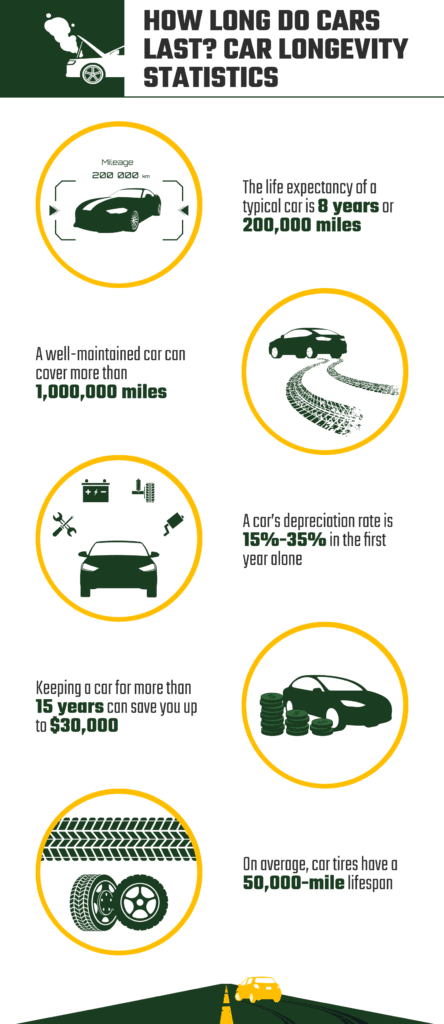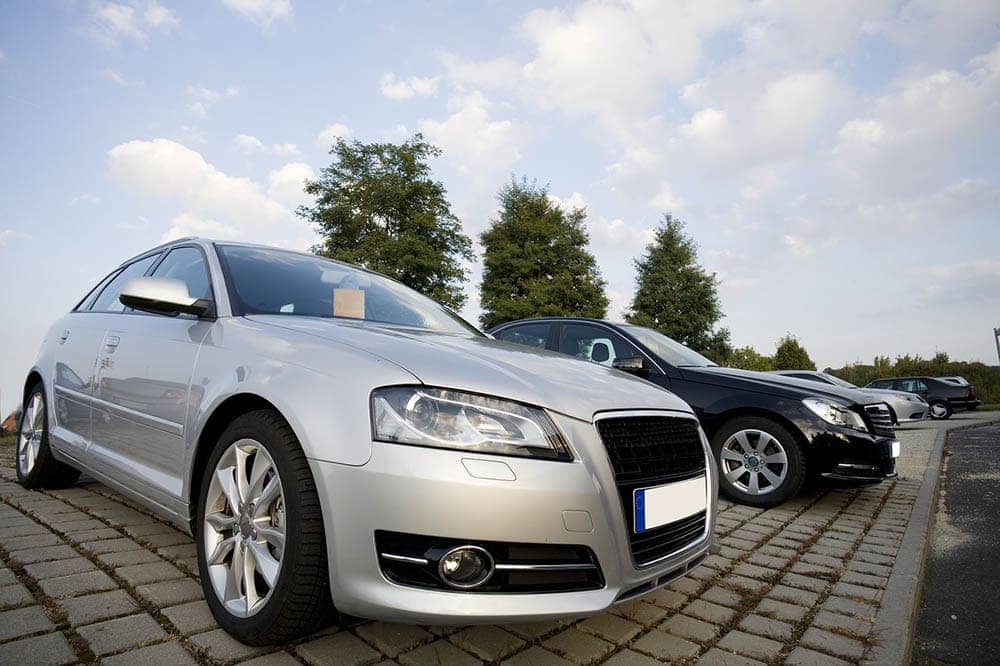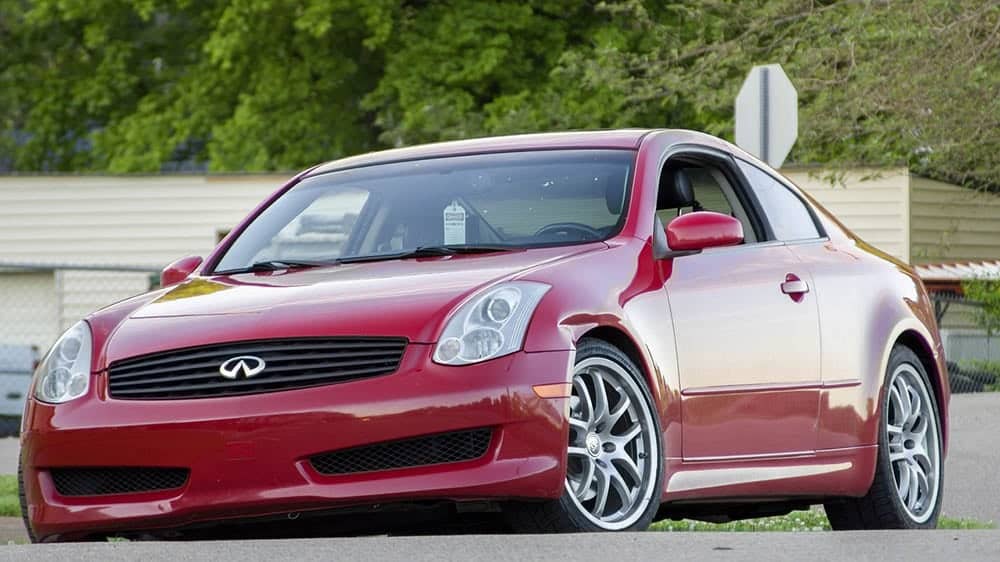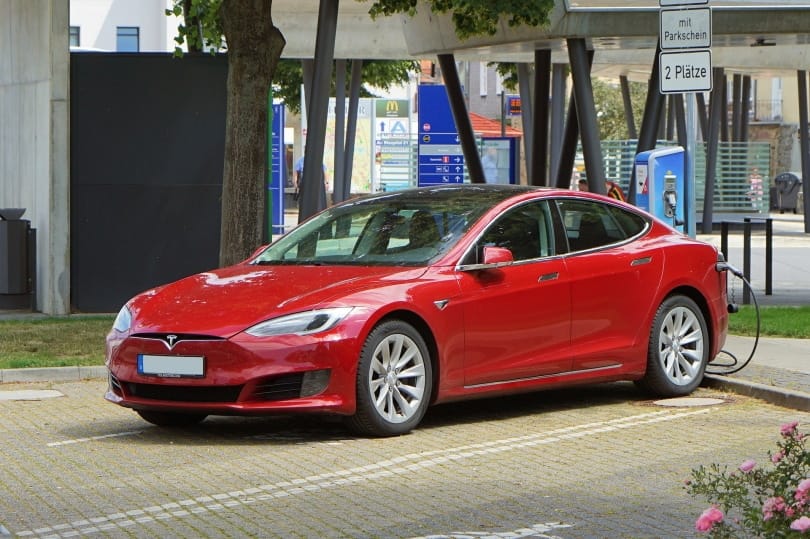A car is arguably one of the most important human inventions in history. It gave us more than just freedom, and that’s why we have no qualms about it being referred to as “The Social Game Changer.”
Today, we’ll be sharing with you information about the average car’s longevity. Why, you ask? Well, because we believe these are the type of things that should be public knowledge. Also, they’ll make you appreciate the various improvements that we’ve witnessed in the technological field, and maybe even teach you a thing or two about that four wheel beast of yours.
Top 8 Car longevity statistics
- A car’s depreciation rate is 15-35% in year one.
- Life expectancy of a typical car is 8 years or 200,000 miles.
- In the 1930s, cars had a life expectancy of 6.75 years.
- Well maintained cars can cover more than 1,000,000 miles.
- Keeping a car for more than 15 years will save you $30,000.
- Temperatures above 220 degrees will damage your car engine, and several other components.
- Cars should not be exposed to temperatures below negative 76 degrees.
- On average, a tire has a 50,000-mile lifespan.

The recommended years of usage
1.A car’s depreciation rate is 15-35% in year one
(Money Helper)
Depreciation is basically what you remain with after deducting the car’s selling price from its buying price. Say, you bought it at a market price of $10,000. A year later, you decide to sell it. But you’ll have to sell it at $7,000 because that’s what the market forces dictate. If you do the math, you’ll realize it has depreciated by 30%
.
2.Life expectancy of a typical car is 8 years or 200,000 miles
(Consumer Reports)
‘Typical’ in this case is used to refer to brands that are reliable and popular in the market. Not the kind that haven’t even been graded by Consumer Reports. So if you’re looking to invest in something that will comfortably cover 200,000 mile or even more, go for a brand that has withstood the test of time.
Most of these brands produce cars that are so durable because they’ve done their due diligence, and now know what kind of lubricants to use, how to prevent rust, and more importantly, how to take advantage of an effective powertrain technology.
3.In the 1930s, cars had a life expectancy of 6.75 years
(Radair)
A lifespan of 6.75 years meant those cars could only cover 50,000 to 90,000 miles, before being rendered unusable.
We know this sounds crazy, but it’s actually true. Part of the reason why that was, was because technology wasn’t quite as advanced as it is in this day and age. Also, the roads and infrastructure were terrible.
The strides that we’ve made in the automobile industry should largely be credited to the advancements in technology, by the way. The effects trickled down to the car manufacturing workshops, and that’s why we can all see value in the money we are willing to spend
.
4.Well maintained cars can cover more than, 1,000,000 miles
(Guinness World Record)
Have you ever heard of Irv Gordon? He was a Guinness World Record holder, who owned the 1966 Volvo p1800, a car that covered 3,039,122 miles without falling apart. When he was asked by Popular Mechanics what he did to make all that possible, he said he always made sure that his transmission fluid was changed after every 25,000 miles, and the engine oil after every 3000-3,500 miles.
And that’s not the only crazy part about this whole story. Mr. Gordon also managed to prolong the life of his car’s clutch (it was a manual transmission, by the way) to 450,000 miles. In case you didn’t know, an ordinary clutch has a life expectancy of 50,000 miles. Those who’ve tried to maintain it past that distance, have only managed to get it to 100,000 miles.
While carrying out maintenance and repairs, don’t invest in cheap parts or fluids. Of course if you do, you’ll be able to save a few coins and probably get that car running again. However, there’s a caveat. And it’s the fact that you’ll have to deal with some financially draining effects down the road.
Take the transmission fluid, for example. If you get one that hasn’t been recommended by the manufacturer, the damage caused will diminish the long-term reliability of the vehicle, and compel you to invest in costly repairs.
If the manufacturer gets wind of what you’ve done, they’ll most likely void your warranty. So the question that you ought to be asking yourself is, “Is it worth it?”
5.Keeping a car for more than 15 years will save you $30,000
(Consumer Reports)
This fact sounds perversely counterintuitive, but research experts at consumer reports have proven it to be true. First off, the repair and maintenance bills are things that will always be there. Nobody can dodge those. However, if you know all things cars, you can easily limit the depreciation impact. And in doing so, you’ll be saving money in the long run.
For the record, coaxing any type of vehicle to 200,000 miles is not that difficult. All it requires is a little cash and some degree of patience. But… if you kind of feel like you’re being strained financially, we would advise you to get rid of it. A good investment should not eat into your savings.

6.Temperatures above 220 degrees will damage your car engine, and several other components
(McNally Institute)
Heat can extensively damage your car’s components, thereby reducing its longevity. Let’s talk about the battery, for a minute.
We’ve always been told by manufacturers (and even mechanics) that the two worst enemies of a car’s battery are heat and vibration. But the effects of vibration aren’t as severe as those of high temperatures because the vibration will only loosen up the plates.
Heat, on the other hand, will go as far as evaporating all the battery’s fluid. And once that’s gone, the internal structure of the component will be compromised. It’s also the cause of a cracked engine block.
7.Cars should not be exposed to temperatures below negative 76 degrees
(Mr. Transmission)
Hypothermia is not something that you’ll have to worry about if you expose your car to cold temperatures. But, if you’re looking to prolong its longevity, you’ll want to pack it in a warmer environment.
Extremely low temperatures will affect different car components, including the fuel lines, transmission, batteries, tires, and engine oil. The oil, for example, will thicken and make it difficult for the pump to efficiently circulate it.

8.On average, a tire has a 50,000-mile life
(Bob Moore)
If we had to give an estimate in terms of years, we would say you should consider changing them after three to five years. But of course, this depends on a number of factors. Assuming they are softer tires, they’ll provide an incredible grip on pavements. Meaning, they’ll wear out faster than hard tires.
Treadwear rating is another important factor to take into account. If the ratings are high, your tires will last longer than the average tire.
Frequently asked questions about car longevity
Is a 20-year-old car a good investment?
(Department of Transportation)
There’s nothing wrong with buying a 20-year-old car. It could be a classic with a reasonable mileage. But before you invest your hard-earned money, you first have to do some due diligence.
The one question that we’d want to ask the owner is, “Do you live in a salt state?”
This question might sound like one that has no bearing on the transaction you’re about to make, but it does. States that often experience heavy snow pounding down on roads usually have their Department of Transportation salt their roads to ensure driver safety.
Winter roads have been known to cause a lot of accidents over the years, due to the slippery nature of ice. And to remedy the problem, local authorities always sand and salt their roads. It’s a process that’s meant to drop the ice’s freezing point from 32 degrees to 20 degrees, and increase traction.
But unfortunately, there’s a downside to this. That precipitation comes with carbon dioxide and oxygen elements. Elements that will definitely react with the car’s metal parts in the presence of free-radical ions (found in road salt) to create iron oxide Also known as rust.
 h
h
Is rust bad for cars?
It’s funny how drivers normally think that rust (iron oxide) is a cosmetic issue that can be remedied anytime. When in essence, it’s one of those problems that can quickly snowball into something costly. If it somehow manages to get through the car’s surface, it will move on to attack the vehicle’s frame, and that’s when the real problem starts.
Any experienced mechanic will confirm that frame rust is a serious safety concern. It’s a problem that affects the vehicle’s integrity, as it has the potential to cause some of the parts to crack or snap off. You’ll not only be compromising your own safety, but also that of other motorists and passengers.
Additionally, since the affected parts won’t be as strong as they used to be, your survival rate dramatically reduces should you find yourself in a collision.
What’s the most reliable car brand?
(Consumer Reports)
We’re glad you asked because Consumer Reports released their 2021 survey just the other day, and we got to learn some interesting things about what goes on in the market. They had Lexus as the most reliable car brand, followed by Mazda and Toyota. They were also gracious enough to share what the most improved brands were, and the award went to Acura and Infiniti.
Brand reliability is absolutely an important factor to consider when you’re trying to figure out a car’s longevity. You don’t want to buy something that only offers bells and whistles. Those features won’t last, and you’ll find yourself back in the market after two-three years.

How much mileage is too much mileage?
There’s really no specific number, but if the car has covered 15,000 miles or less in a single calendar year, that’s a good number. Anything above that should be classified as high mileage.
Or we could look at it from this perspective; if it has accumulated a total of 200,000 miles or more, it’s lived a good life already. It might not be ready for retirement, but you should know chances are you’ll invest heavily in repairs and maintenance.
Are gas-powered cars better than electric cars?
Depends on how you look at it. If you want to get something that won’t make you sweat trying to look for spare parts, then the answer is yes.
Gas-powered vehicles have been around the block for a minute now. You could literally turn the corner, and find a spare part that you didn’t even know you needed. But when it comes to electric vehicles, you’ll have to look for specific dealers. Dealers who, by the way, might ask you to place an order and wait, so that they could ship in the parts on your behalf.
Taking good care of a car doesn’t mean that it will serve you for the rest of your life. You’ll get to a point where you’ll no longer feel safe driving it, or the costs of maintenance will be too high for its value. When that time comes, you’ll know it’s time to move on to something better.







